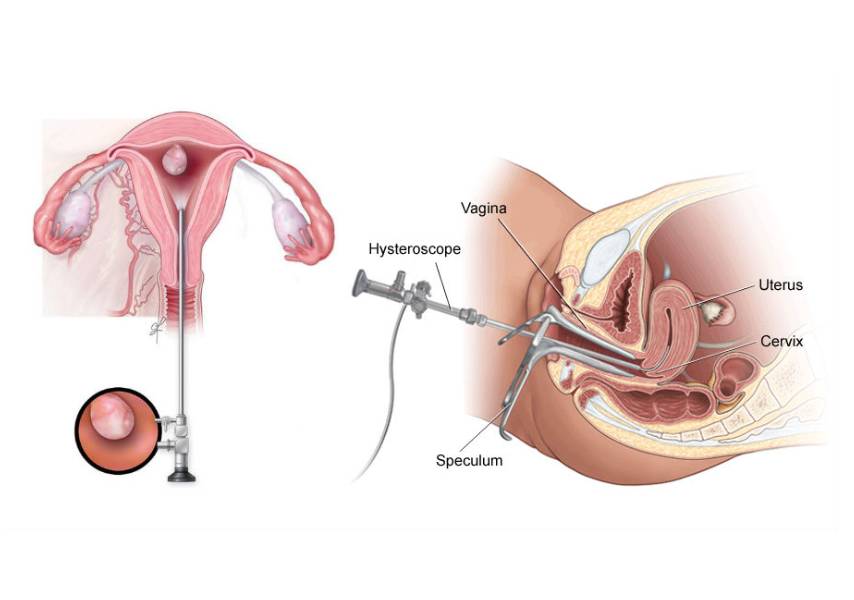- kapilkanade@yahoo.com
- SUNSHINE IVF and Endoscopy, Hadapsar, Pune

Uterine Septum and Its Effect on Pregnancy
At Dr. Kanade Gynaec Endoscopy & Infertility Centre, we have expertise in treating women with infertility caused by structural defects of the uterus, ovaries, or abdominal cavity. Such conditions can drastically affect pregnancy by changing the form of pelvic organs or causing growths inside the uterine cavity. Among the most frequent uterine defects that Dr. Kapil Kanade, a top fertility expert, treats is the uterine septum.
What is a Uterine Septum?
A uterine septum is a birth defect where a wedge of excess tissue, or septum, grows from the end of the top of the uterus. The size of this septum can range; it could be minimal or go as low as the cervix, actually splitting the uterus into two compartments.
How Does a Uterine Septum Affect Fertility?
The septal tissue is different from the regular uterine lining since it contains poor blood supply. This may hinder successful implantation of the embryo, resulting in infertility or recurrent pregnancy loss. When an embryo implants on the septum, it might not get proper nourishment, which may result in a failed pregnancy.
Causes of a Uterine Septum
A uterine septum is a congenital defect, i.e., women are born with it. It happens when two small uteri do not join together and reabsorb the dividing wall of tissue during fetal development. The majority of women with a uterine septum are asymptomatic and might not even know about the condition until they experience challenges in conceiving.
Symptoms and Associated Issues
Although most women are asymptomatic, some of them might develop:
Treatment for a Uterine Septum
While other causes of infertility can be treated with medication, structural defects like a uterine septum usually need surgical treatment. The treatment of choice is hysteroscopic resection, a minimally invasive outpatient surgery conducted by Dr. Kapil Kanade.
Hysteroscopic Resection Procedure
During the procedure:
As this operation carries no cuts, it produces no visible scars and enjoys rapid recovery time.
When to Seek Help
If you've been attempting to conceive for more than a year and are unable to do so, then the time to seek a fertility expert is now. Dr. Kapil Kanade and staff at Dr. Kanade Gynaec Endoscopy & Infertility Centre are committed to finding and addressing the causes of infertility so that you can fulfill your dream of having children.
Book a Visit TodayExperience
Happy Patients
Infertility
IUI